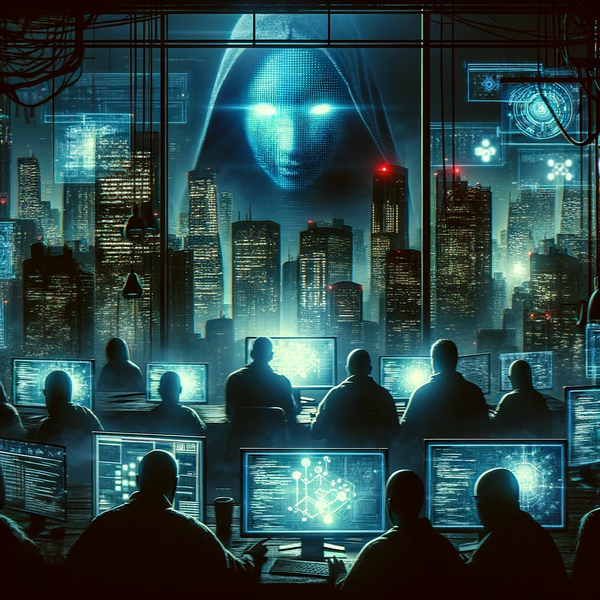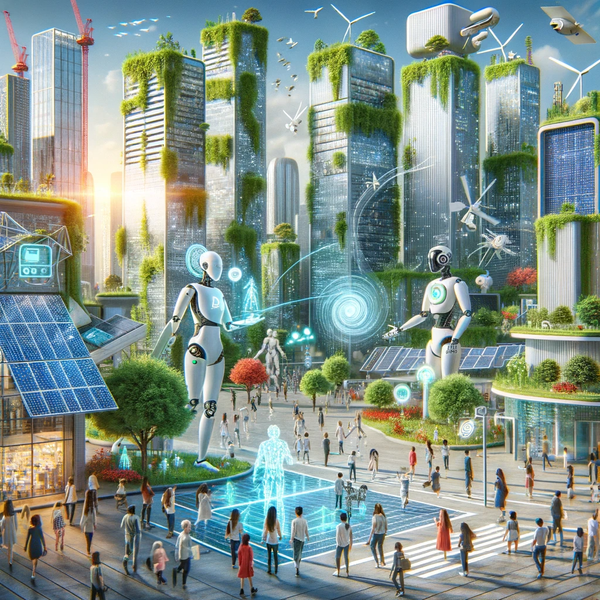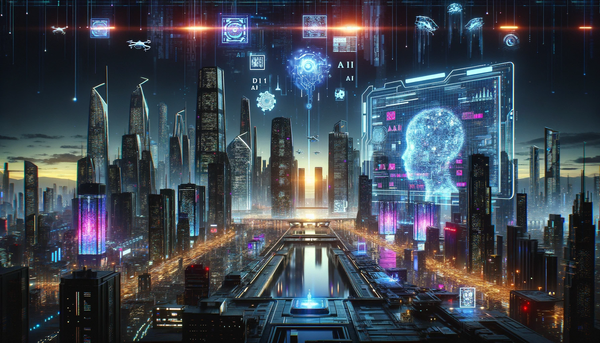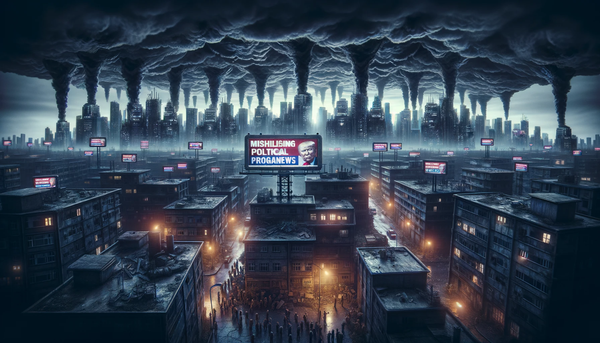Disinformation, Social Media, and the Israel-Hamas Conflict: Unmasking Fake Imagery with AI
In the latest Israel-Hamas conflict, social media has been awash with both news and disinformation. With the rise of fake imagery, discerning truth becomes challenging. AI tools offer hope, aiding in detecting manipulated content.

In the age of information and technology, the battleground has extended beyond the physical realm into the virtual. The latest conflict between Israel and Hamas has been no exception. The rapid spread of information through social media platforms has made it easier than ever to disseminate news. Yet, alongside this, a concerning rise of disinformation, especially in the form of fake imagery, has complicated the narrative for many around the world.
Social Media: The Double-Edged Sword
While platforms like X, Facebook, and Instagram have become instrumental in keeping the global population informed, they also serve as fertile ground for disinformation campaigns. With a single click, a photo or video can be shared thousands of times, and within minutes, it might reach millions. The latest skirmish between Israel and Hamas saw an influx of images and videos claiming to depict the horrors of war, the plight of civilians, or the alleged misconduct of one side or the other.
The Rise of Fake Imagery
It's important to acknowledge that not all information shared is genuine. The proliferation of easily accessible editing tools has made it possible for almost anyone to manipulate images or videos. In the context of the Israel-Hamas conflict, fake imagery can take many forms:
- Recontextualizing old footage: Images or videos from past conflicts or even different regions can be presented as evidence from the current strife.
- Staging scenes: Sometimes, images are set up to convey a particular message, playing on the emotions of the global audience.
- Digital manipulation: With advanced software, it's possible to add, remove, or modify elements of an image or video to change its narrative.
AI: The Beacon of Hope in the Age of Disinformation
While the misuse of technology has aided the spread of fake imagery, it also offers a solution. AI, or artificial intelligence, is becoming an invaluable tool in identifying and debunking disinformation. Here’s how:
- Image verification: AI tools can cross-reference images against vast databases to check if an image has been used previously in different contexts.
- Tamper detection: Sophisticated algorithms can detect signs of digital manipulation in images or videos, such as inconsistencies in lighting, shadows, or pixels.
- Source tracing: AI can trace back images or videos to their original source, helping verify the authenticity of the content.
The Path Forward
While it's tempting to accept every distressing image or gripping video at face value, the complexities of the Israel-Hamas conflict and the prevalence of disinformation on social media necessitate a more cautious approach. Journalists, researchers, and even ordinary netizens should:
- Fact-check: Before sharing or believing a piece of information, verify it from multiple trusted sources.
- Use AI verification tools: Many online platforms now offer image verification tools that employ AI to debunk fake imagery.
- Educate and be educated: Raise awareness about the dangers of disinformation and the importance of authentic reporting.
In conclusion, as the lines between reality and fiction blur in the world of social media, it's vital to approach the information with a discerning eye. While the Israel-Hamas conflict evokes strong emotions worldwide, it's crucial to differentiate between genuine reports and disinformation. In this battle for truth, AI stands as a powerful ally. By leveraging advanced technology and prioritizing critical thinking, we can navigate the complex web of narratives and ensure that truth prevails.



